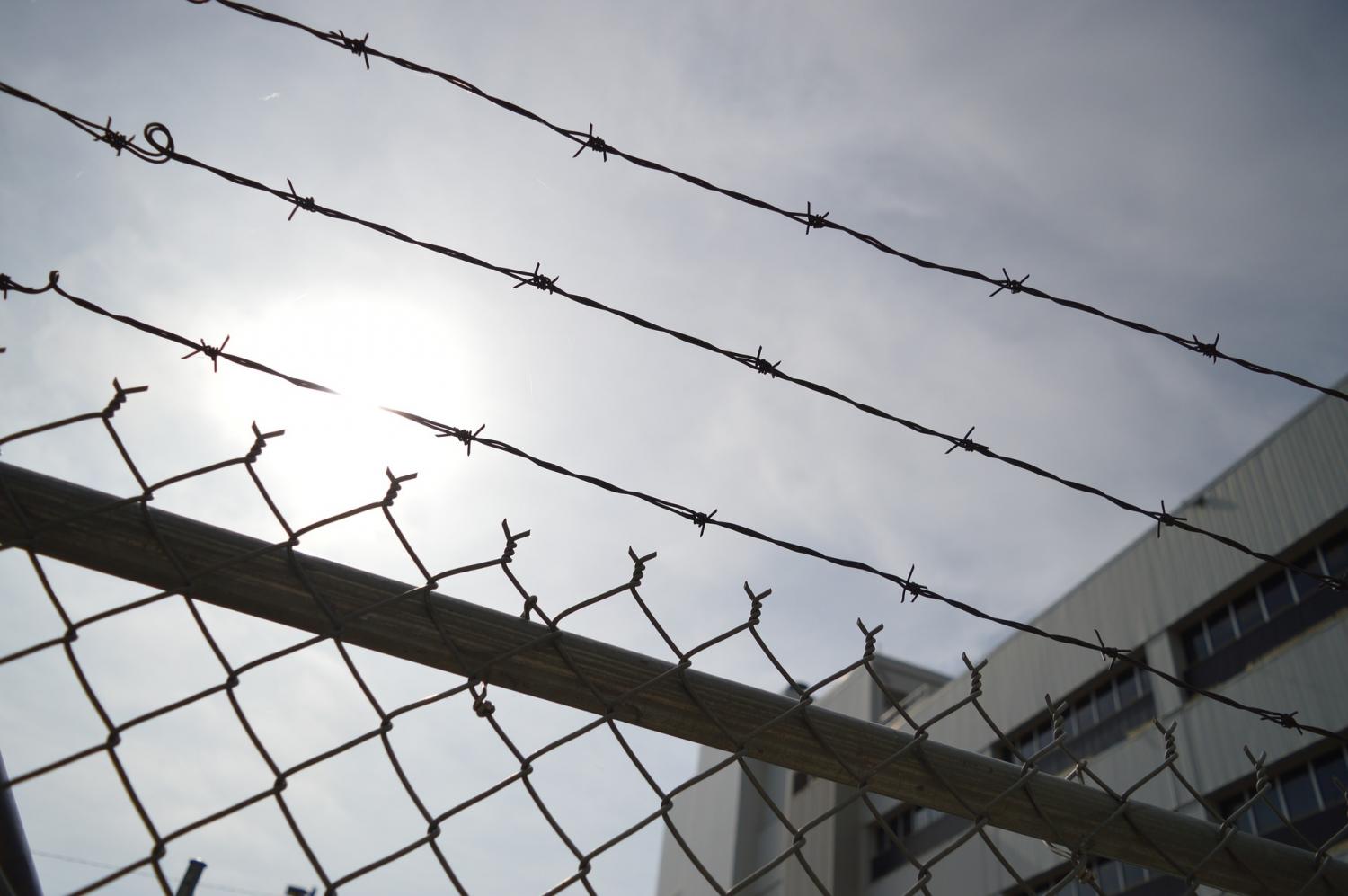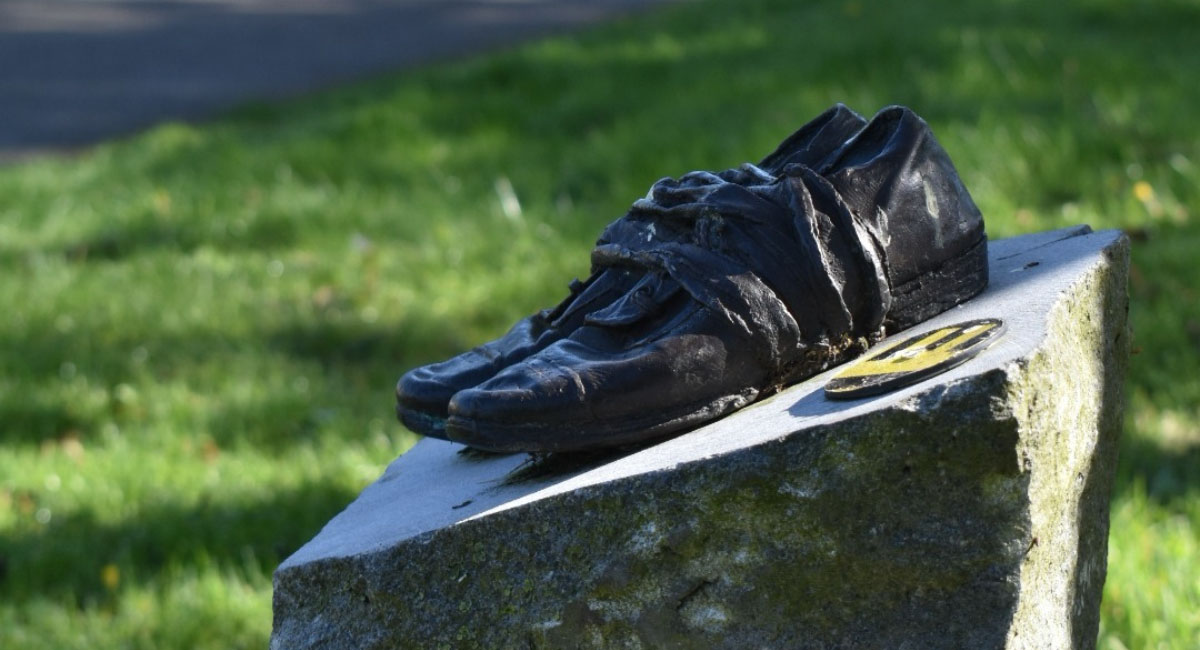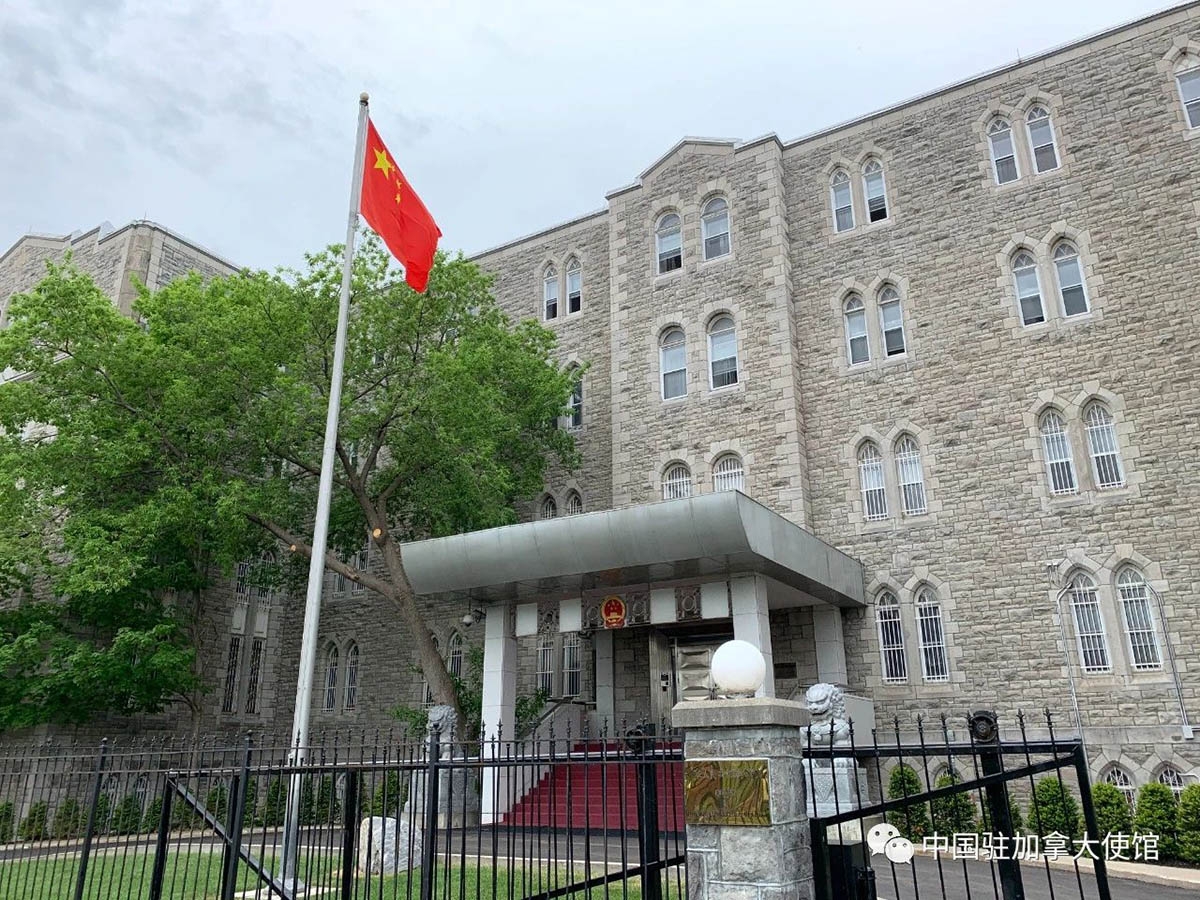
Reduce the poverty-to-prison pipeline for women
Over the last decade, the number of women in Canada’s jails has spiked 30 per cent.
Even more troubling, after a 60 per cent increase over the same period, Indigenous female prisoners now account for 37 per cent of all incarcerated women, and 50 per cent of women in maximum security.
According to the 2017 correctional investigator report, there is no evidence of increased female criminality. Women in custody are in fact more likely to be victims of physical (90 per cent) and sexual (67 per cent) abuse themselves, with addiction issues and children relying on them.
At a recent Senate Open Caucus meeting, a panel of experts laid out the factors at play in the recent increases:
- Poverty leading to crime and violence through a social pipeline of historic racism and intergenerational trauma, combined with limited access to social services
- The last decade’s tough-on-crime agenda that emphasizes public safety, with less attention paid to reintegration, retraining and prevention services
- Outdated, male-based security classification assessment tools that overestimate risk and place women unnecessarily in maximum security and segregation, where access to programs is limited and isolation worsens their mental state.
“The consequences of imprisonment are compounded for women, who are often the sole caregiver for children and parents,” said Howard Sapers, independent corrections reform adviser to the Ontario government during the Open Caucus session.
What should Canada do?
Our panel offered three main recommendations on how to keep women out of jail while finding ways to successfully reintegrate offenders back into their communities.
1. Strengthen community programs that alleviate poverty and prevent crime
“Canadian statistics paint a shameful pipeline from poverty, racism, low education, wage gaps, violence and addiction to crime and incarceration,” said Dr. Pam Palmater, Mi’kmaq lawyer and Associate Professor in the Department of Politics and Public Administration at Ryerson University. “We need to address these social conditions if we want to stem the flow of indigenous women into prison.”
“Policy decisions to provide housing, social services, education, health — especially mental health-care and guaranteed livable incomes to all Canadians would be the most effective way to prevent victimization and reduce the human, social and fiscal costs of crime and imprisonment,” said Senator Kim Pate, Former Executive Director of the Canadian Association of Elizabeth Fry Societies.
2. Reform sentencing, classification and segregation
“Instead of mandatory minimum sentences, we should have mandatory alternative sentences,” said Dr. Palmater. Most agree that education works against the poverty cycle. “If we sentenced people to a high school diploma or a university degree instead of prison,” said Senator Terry Mercer, “we’d find the cost much lower and the social return much greater.”
For inmates, the isolation and idleness of maximum security and segregation actively work against rehabilitation and contribute to deteriorating mental health.
Dr. Jennifer Kilty, Associate Professor in the Department of Criminology at University of Ottawa, echoed Moira Law’s and the Task Force on Federally Sentenced Women: “All women should begin their incarceration with a minimum-security classification that is only escalated to medium or maximum security if their behaviour warrants it. And we should abolish segregation for women.”
3. Make the prison system more transparent and accountable
With prisoners and staff unable to talk to outsiders, what happens inside prisons often stays in prisons. “Crimes carried out by staff like sexual assault and excessive use of force are treated as a human resources issue,” said Dr. Palmater. “Transparency and accountability – and zero tolerance – can only be assured through access, communication and regular, external oversight.”
Intake should also include a fuller triage of individual health issues like addiction and self-harm. Staff training, beyond the mandatory cultural sensitivity, could help reduce racism and harassment (including unnecessary strip searches), and ensure inmates get the services they need.
Leadership and vision needed
“Most women prisoners do not pose a risk to public safety,” said Senator Pate. “If they do pose a risk, it’s greatest to themselves.” Senator Pate added that when Nelson Mandela became president, he released all mothers with young children from prison. “Canadians, too, have suggested many enlightened reforms, too seldom put in place.”
These include the efforts of the Elizabeth Fry Society and Aboriginal justice practices that reintegrate rather than isolate community members who commit crimes.
The right leadership and a many-layered vision will be critical to reversing these alarming trends.
Senator Saint-Germain is Deputy Facilitator of the Independent Senators Group. She was appointed to the Senate in 2016, after two terms as the Québec Ombudsman and a distinguished career in the public administration.
Senator Art Eggleton is a member of the Canadian Senate from Toronto. He currently serves as Chair of the Standing Committee on Social Affairs, Science and Technology.
The Open Caucus is a forum for discussion on issues of national importance and is co-chaired by Senator Art Eggleton and Senator Saint-Germain. This non-partisan discussion is open to all Members of Parliament, Senators, parliamentary staff, media, and the public.









